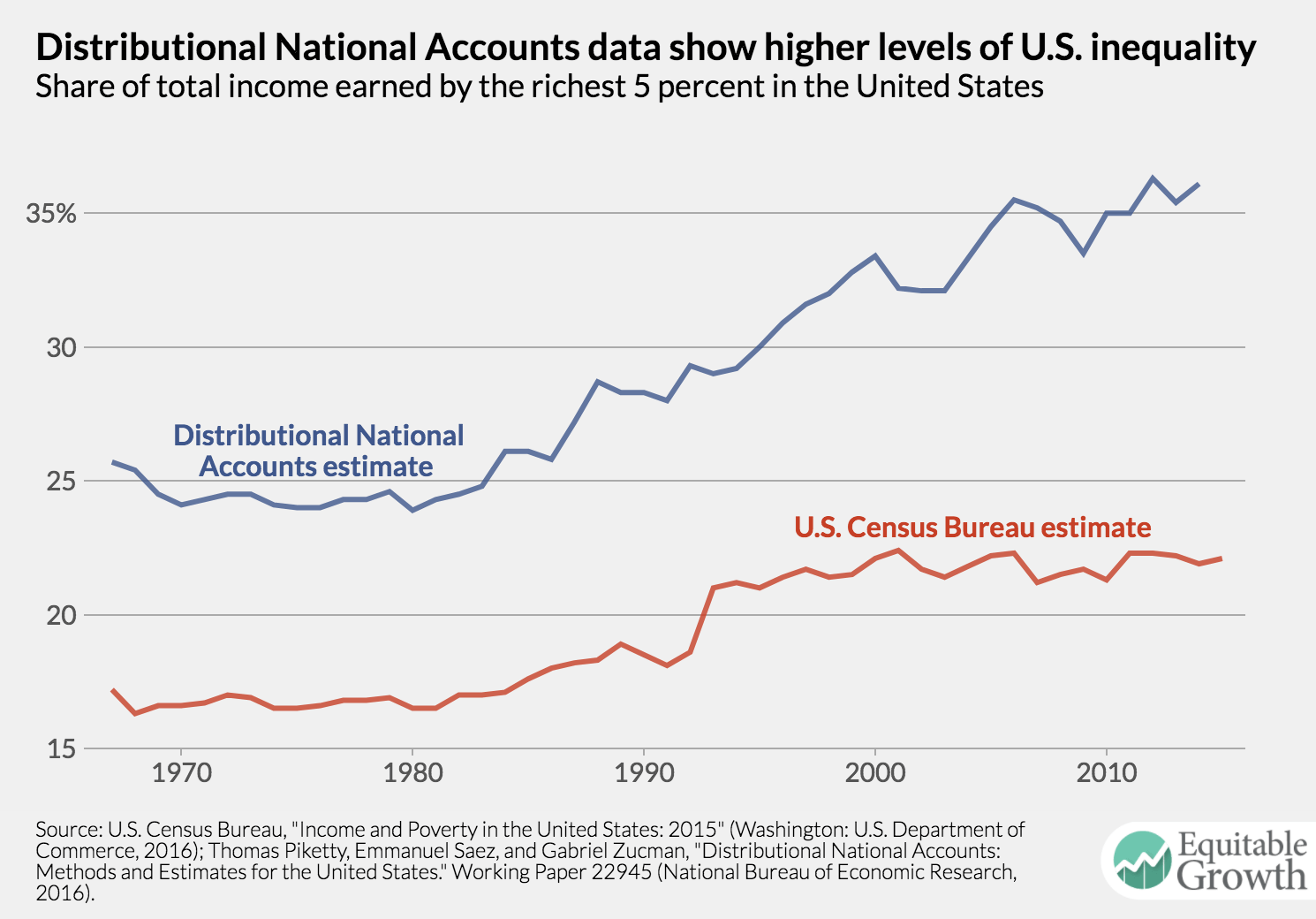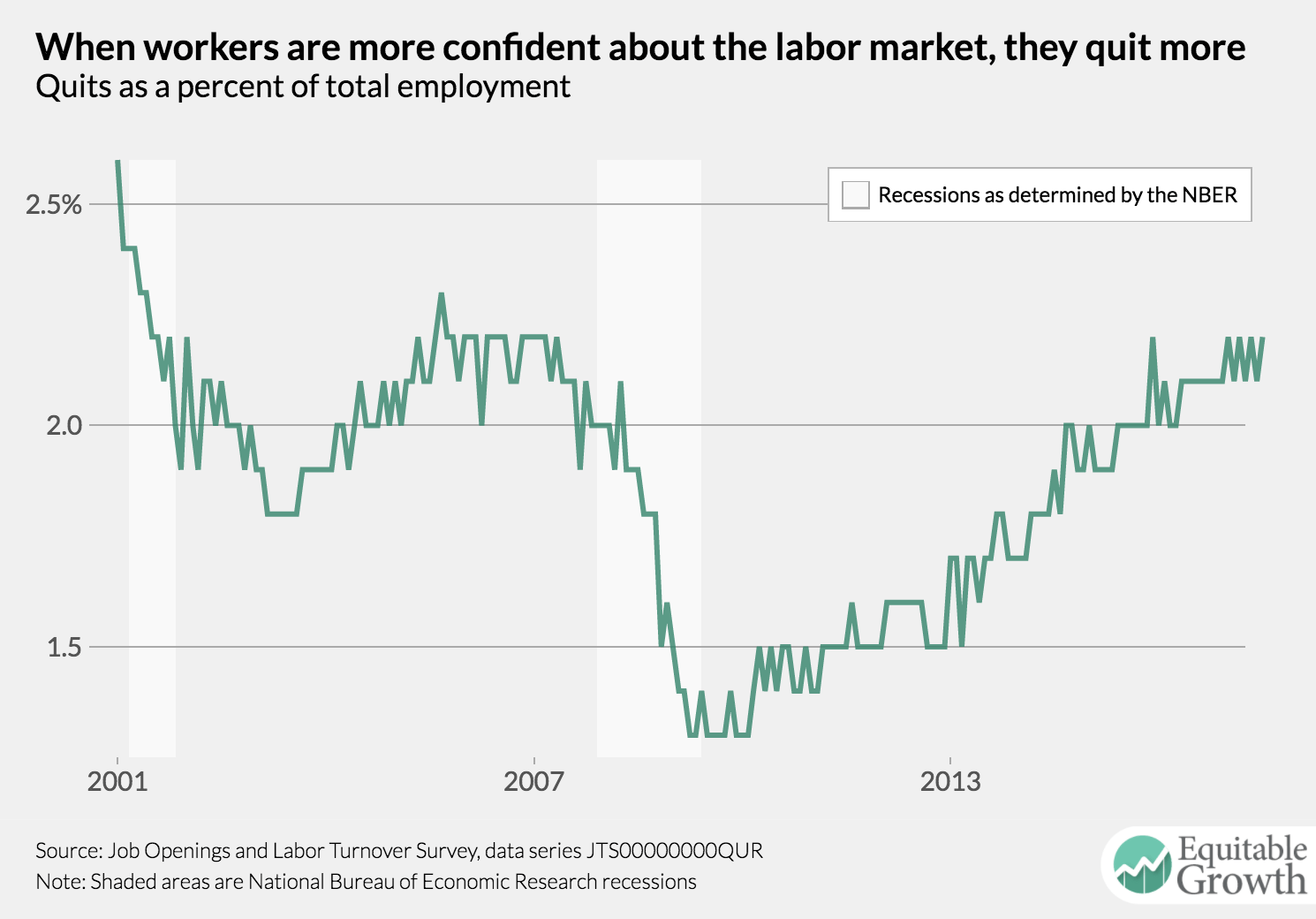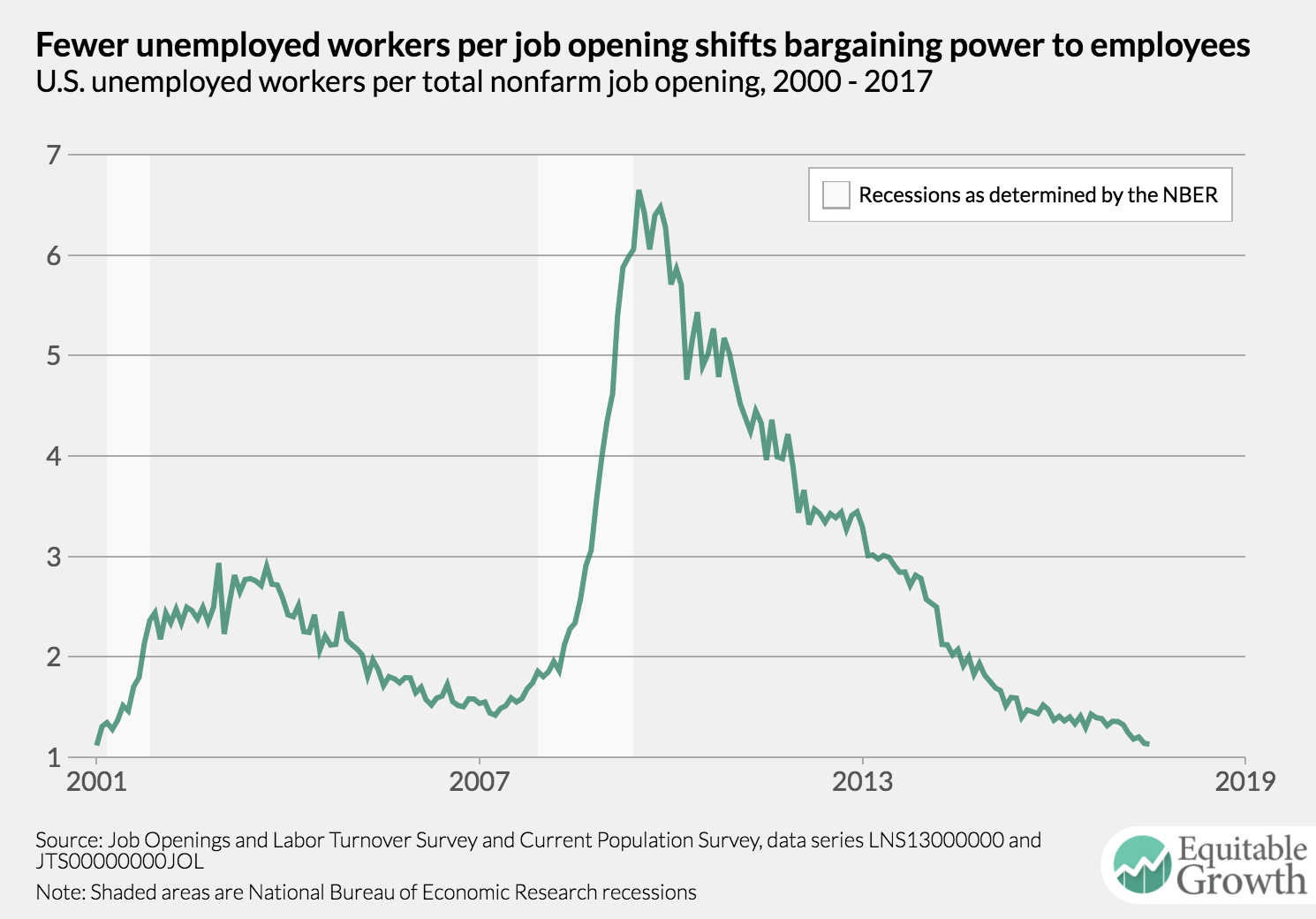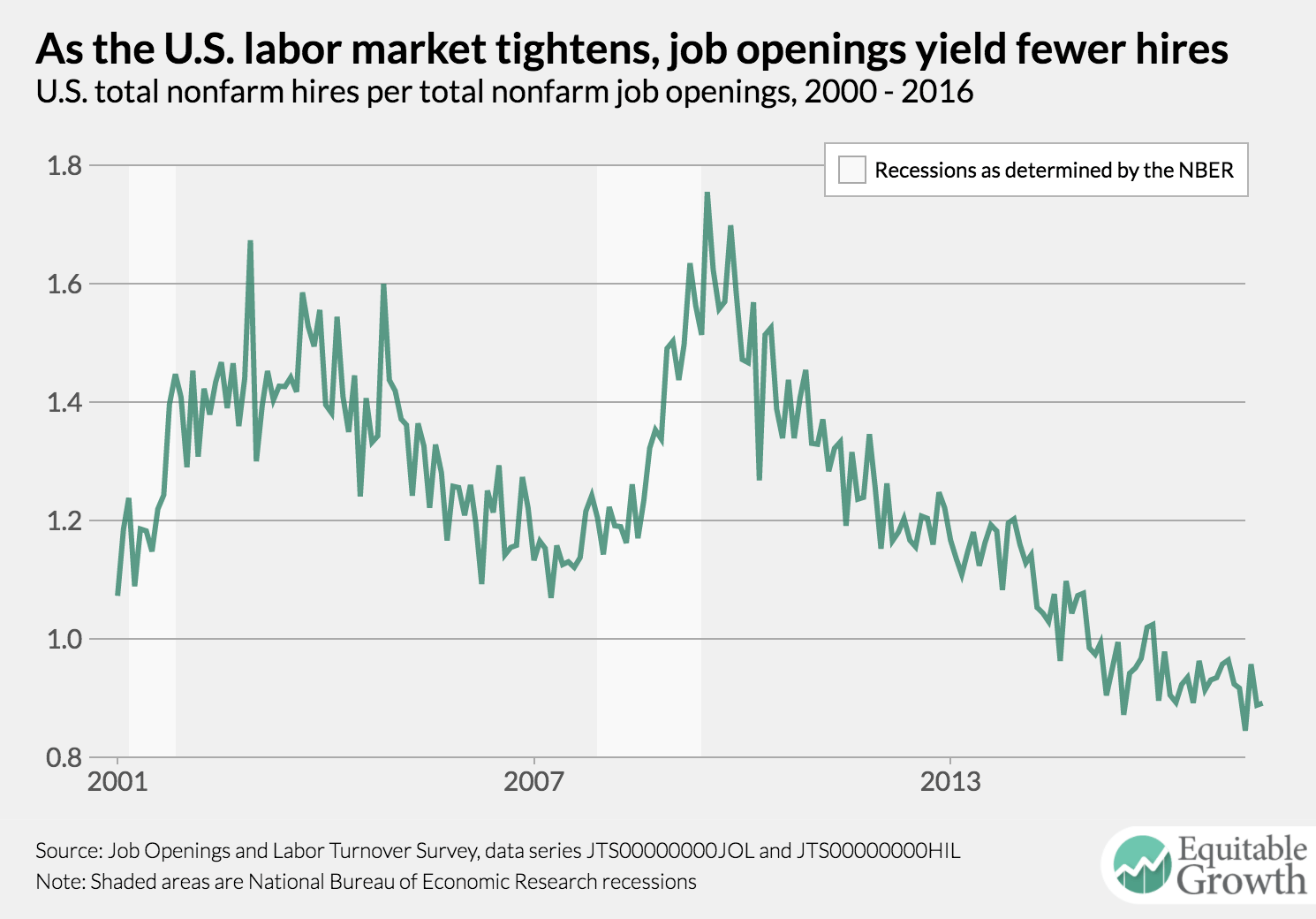Suggestions?…
:-)
Should-Read: Nancy MacLean: DEMOCRACY IN CHAINS: THE DEEP HISTORY OF THE RADICAL RIGHT’S STEALTH PLAN FOR AMERICA http://amzn.to/2voi3qD: “As 1956 drew to a close, Colgate Whitehead Darden Jr., the president of the University of Virginia, feared…
…second Brown v. Board of Education ruling, calling for the dismantling of segregation in public schools with “all deliberate speed.” In Virginia, outraged state officials responded with legislation to force the closure of any school that planned to comply…. Darden… could barely stand to contemplate the damage…. Even the name of this plan, “massive resistance,” made his gentlemanly Virginia sound like Mississippi. On his desk was a proposal, written by the… chair of the economics department… James McGill Buchanan [who] liked to call himself a Tennessee country boy. But Darden knew better….
Without mentioning the crisis at hand, Buchanan’s proposal put in writing what Darden was thinking: Virginia needed to find a better way to deal with the incursion on states’ rights represented by Brown. To most Americans living in the North, Brown was a ruling to end segregated schools—nothing more, nothing less. And Virginia’s response was about race. But to men like Darden and Buchanan, two well-educated sons of the South who were deeply committed to its model of political economy, Brown boded a sea change on much more…. Federal courts could no longer be counted on to defer reflexively to states’ rights…. The high court would be more willing to intervene when presented with compelling evidence that a state action was in violation of the Fourteenth Amendment’s guarantee of “equal protection”…. States’ rights… were yielding in preeminence to individual rights. It was not difficult for either Darden or Buchanan to imagine how [the Warren] court might now rule if presented with evidence of the state of Virginia’s archaic labor relations, its measures to suppress voting, or its efforts to buttress the power of reactionary rural whites by underrepresenting the moderate voters of the cities and suburbs of Northern Virginia. Federal meddling could rise to levels once unimaginable.
James McGill Buchanan was not a member of the Virginia elite. Nor is there any explicit evidence to suggest that for a white southerner of his day, he was uniquely racist or insensitive to the concept of equal treatment. And yet, somehow, all he saw in the Brown decision was coercion. And not just in the abstract. What the court ruling represented to him was personal. Northern liberals… who looked down upon southern whites like him,… were now going to tell his people how to run their society. And… he and people like him with property were no doubt going to be taxed more…. What about his rights? Where did the federal government get the authority to engineer society to its liking and then send him and those like him the bill? Who represented their interests in all of this?
I can fight this, he concluded. I want to fight this. Find the resources, he proposed to Darden, for me to create a new center on the campus of the University of Virginia, and I will use this center to create a new school of political economy and social philosophy… an academic center… with a… political agenda: to defeat the “perverted form” of liberalism that sought to destroy their way of life, “a social order,” as he described it, “built on individual liberty,” a term with its own coded meaning but one that Darden surely understood. The center, Buchanan promised, would train “a line of new thinkers” in how to argue against those seeking to impose an “increasing role of government in economic and social life.” He could win this war, and he would do it with ideas.
While it is hard for most of us today to imagine how Buchanan or Darden or any other reasonable, rational human being saw the racially segregated Virginia of the 1950s as a society built on “the rights of the individual,” no matter how that term was defined, it is not hard to see why the Brown decision created a sense of grave risk among those who did. Buchanan fully understood the scale of the challenge he was undertaking and promised no immediate results. But he made clear that he would devote himself passionately to this cause.
Some may argue that while Darden fulfilled his part—he found the money to establish this center—he never got much in return. Buchanan’s team had no discernible success in decreasing the federal government’s pressure on the South all the way through the 1960s and ’70s. But take a longer view… a different picture… a testament to Buchanan’s intellectual powers and… the ideological origins of the single most powerful and least understood threat to democracy today: the attempt by the billionaire-backed radical right to undo democratic governance…. A quest that began as a quiet attempt to prevent the state of Virginia from having to meet national democratic standards of fair treatment and equal protection… would, some sixty years later, become… a stealth bid to reverse-engineer all of America, at both the state and the national levels, back to the political economy and oligarchic governance of midcentury Virginia, minus the segregation…
Must-Read http://www.bradford-delong.com/2017/08/must-read-thats-it-im-calling-this-one-for-nancy-maclean-in-nancy-maclean-versus-the-critics-of-her-book-_democracy-i.html: That’s it. I’m calling this one for Nancy MacLean in Nancy MacLean versus the critics of her book Democracy in Chains on the rise of right-wing Public Choice.
I think she gets a number of things wrong, but she gets the big thing about it right:
Steve Horwitz: MACLEAN ON NUTTER AND BUCHANAN ON UNIVERSAL EDUCATION: “Finding examples of misleading, incorrect, and outright butchered quotes and citations in Nancy MacLean’s new book… http://bleedingheartlibertarians.com/2017/06/maclean-nutter-buchanan-universal-education/
…has become the academic version of Pokemon Go this week. I now offer one small contribution of my own…. Hardly enemies of democracy in the paper, Nutter and Buchanan see their task (as Buchanan did for his whole career) as offering analyses that could inform the deliberations of the democratic process…. MacLean sees this paper as an attempt by the two scholars to undermine public education in Virginia in order to keep the effects of pre-Brown segregation while still complying with the law….
They also never mention race in the paper, as she acknowledges, but their use of the technical language of economics and their race-neutrality is seen by her as evidence of their attempt to generate racist outcomes by stealth…. One might also note that supporting Brown also means that one is thwarting the desires of democratic majorities…. It’s fascinating that she sees the foundation of the arguments of democracy’s supposed opponents as a rejection of a Supreme Court decision that told local and state majorities that they couldn’t have the segregated schools they wanted…
Yep. That’s an extraordinary own goal by Horwitz: The true democracy is the Herrenvolk democracy…
Must-Read http://www.bradford-delong.com/2017/07/must-read-noah-smith-noahpinion-the-liberty-of-local-bullies-the-liberty-of-local-bullies-i-have-not-been-surprise.html: A propos of Nancy MacLean’s Democracy in Chains http://amzn.to/2tGUUeN: My view is that Brown v. Board of Education was not the major cause of James Buchanan’s decision to try to build and U VA President Colgate Darden’s decision to fund the “Virginia School of Political Economy”—Public Choice as a discipline that had only one wing, a right one, and that would, as the late Mancur Olson liked to say, “never be healthy until [or because?] its left wing was as strong as its right, and it was no longer an ideological movement masquerading as an academic sub discipline”.
But BvBoA was certainly a trigger, and support was always very welcome from those whose concerns about appropriate governmental decentralization, limited powers, and checks and balances started and ended with preserving white supremacy.
Noah Smith was on the case back in 2011:
Noah Smith (2011): NOAHPINION: THE LIBERTY OF LOCAL BULLIES: “I have not been surprised by any of the quotes that have recently come to light from Ron Paul’s racist newsletters. I grew up in Texas, remember… http://noahpinionblog.blogspot.jp/2011/12/liberty-of-local-bullies.html”






